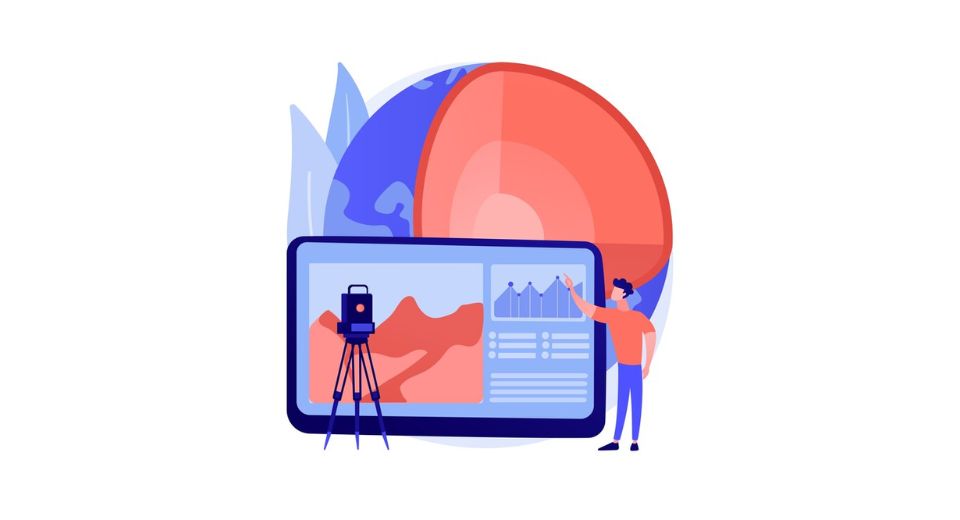
May 13, 2025

The global geospatial analytics market is one of the most evolving markets in sustained growth across various industry segments, as per Metastat Insight. Geospatial analytics is a procedure of gathering, representation, and management of imagery, GPS, satellite images, and historic data for the purpose of explaining and analyzing geographic regions; thus, it has become a very important utility among all the decision-makers globally. This is not merely a quantitative growth but qualitative in the sense that the technical advancements have taken the possibilities of geospatial analytics way beyond what could have been imagined. Business and government applications follow as the demand for precise location-based data grows. They are extremely valuable geospatial analytics insights. The insights create a very critical foundation for making well-informed choices in agriculture, city planning, disaster response, and environmental surveillance. The capability to visualize and analyze such elaborate geographical information in near real-world timeliness is now invaluable, particularly during times where speed and responsiveness are most essential.
Global Geospatial Analytics market is estimated to reach $117.8 million in 2025 with a CAGR of 13.2% from 2025 to 2032.
The uniting of geospatial information with other varied sources is a key driver of this market, as these integrated data sets enable a more profound understanding of various patterns and trends. This data integration leads to a higher level of analysis for more accurate predictions and strategic planning. For instance, in agriculture, integrating geospatial information with weather and soil categories of information helps farmers improve the optimization of crop yields and efficiently utilize resources. Urban planners employ geospatial analytics as well while developing intelligent cities that are capable of accommodating the population growth with minimal environmental destruction. The technological leap in terms of this aspect is also not an exception to comment. The use of AI and ML has changed the business of geospatial analytics, which had so much data being automatically processed at one point in time, and many secrets were uncovered.
These new technologies have been improving predictability accuracy and allowing bigger datasets to be analyzed much quicker than before. Cloud computing has also facilitated access to geospatial analytics without investing much in infrastructure by organizations for all sizes. The spread of geospatial data certainly increases when the Internet of Things, with billions of connected devices, produces streams of location-based information continuously. These will reflect real-time trends and patterns if geospatial analytics is applied to them, which is of immense value to governments and businesses. Routing would be optimized in supply chain management and logistics; studying geospatial analytics of traffic patterns and weather conditions should reduce costs while enhancing delivery times. Despite these developments, there remain certain issues in the global geospatial analytics industry. First and foremost, there are issues of paramount importance regarding data security and privacy.
Ensuring ethical and proper use of data is a large challenge for companies as regulations pertaining to data protection continue to evolve. Furthermore, the volume of data from IoT devices and other sources can be completely daunting and demands advanced tools and expertise to process and analyze effectively. One of the other issues is the expert professional staff one has to translate the geospatial data into actionable information. Technology may have enabled easier use of geospatial analytics, but there is still a very high learning curve here for the new player. Another important investment would be in training and development to develop expertise organically or seek partners among specialist companies so that one can leverage geospatial analytics to the maximum.
Considering all these factors from this viewpoint, the future for the global market for geospatial analytics really seems bright and encouraging. When more industries continue working towards value associated with geospatial analytics, the requirements of tools as well as services grow proportionately. Technology has remained constantly employed to work upon improvements in comparison with growing accessibility of geospatial data so that the power of the market increases to proceed further deeper into analysis. As per Metastat Insight, the worldwide market for geospatial analytics will keep expanding till the embracing of the continually changing demands from the diverse industries it caters to maintains pace. With AI, ML, and IoT integrated, coupled with growing emphasis on ethics for data utilization and talented experts, geospatial analytics will remain the decision-maker's ace card in the years ahead. As technology keeps advancing, the potential of geospatial analytics to innovate and enhance performance across industries will only grow stronger, and it will become one of the indispensable tools for contemporary business and governance.
Drop us an email at:
Call us on:
+1 214 613 5758
+91 73850 57479